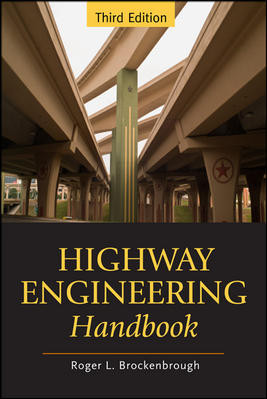
HNTB Open-road tolling conversion and other major improvements on Illinois Tollway are proceeding on time and on budget.
|
Utilizing streamlining methods, contractor feedback and exhaustive research, the Illinois Tollway authority is well under way with a $5.3-billion, 10-year overhaul and expansion of much of its 274-mile system. Now almost halfway through, the program so far is on time and on budget, with less than 5% in change orders and no major claims, officials say.
“We’re are trying to complete 80% of all construction in the first five years,” says Jeffrey Dailey, the tollway’s chief engineer. The overhaul, developed in 2004 as an initiative of Gov. Rod R. Blagojevich (D), includes a $327-million conversion of 20 mainline toll plazas into open-road tolling and a $730-million, 12.5-mile extension of Interstate 355 south to I-80. “We went from a capital budget of $100 million a year for maintenance to $1 billion a year in improvements and reconstruction,” says Dailey.
With wary eyes on escalating materials costs at the program’s outset, the tollway hired HNTB Corp., Kansas City, as program manager to oversee almost 300 contracts. National material cost escalation was an issue, but “another factor people tended not to consider is the saturation of the local market,” says Sharif Abou-Sabh, HNTB senior vice president. In the Chicago area, some $12 billion in construction will be done in the next four years, he points out.
After studying the bonding capacities of local contractors both on a per-project basis and as a community, “we came to the conclusion that to maximize competition, packages should not exceed $60 million” as a general rule, says Abou-Sabh. “Last year, there was not a single job that went out without a one-week value engineering workshop,” he adds. “Any project over $25 million undergoes a VE study at the 60% design mark.”
The tollway received input from the Illinois Road Builders Association. A $60-million contract limit plus limited duration of bids also helps contractors control uncertainties about costs two to three years into the future, notes David Lorig, IRBA past president and president of Des Plaines-based Lorig Construction. Lorig has built $300 million dollars worth of tollway projects in the past three years.
The tollway implemented performance specs that lets contractors to choose what type of retaining wall, bridge or other structure they want to build. For example, Dailey estimates the tollway saved up to $8 million on a 1.3-mile bridge by allowing bidders to come up with their own methods. Walsh Construction, Chicago, now has the $125-million contract to build the prestressed, precast concrete bridge up to 75 ft across a valley.
In addition to monthly meetings with the heads of every major player on a contract, officials also use a Web-based system to track crucial documents. “We track where every issue is, to whom it goes, how many hours or days it has lasted,” says Abou-Sabh. “The average turnaround of shop drawings is now under 7 days. Before it was more like 21 days.” The program initially met with some resistance by contractors but that has changed, says Lorig. “It gets answers faster and nobody can say, ‘I never received your request.’”
The tollway authority also demands fast turnaround from contractors in clearing out once a job is done. “We’re closing out projects within four months,” says Dailey. “In the past, it might take a year. We retain 5% of what we pay the contractors” until they clear the site. Says Lorig, “It works.”
Dailey estimates the overall process has saved $500 million and allowed open-road tolling conversion to be done in less than two years. “It has allowed for innovation while keeping the overall design-bid-build structure” that contractors are comfortable with, adds Lorig.
The completed conversion allows electronic-toll tag holders to pass through open plazas with a monotube overhead; non-tag holders pass through smaller side tollbooths. The I-355 extension should wrap up by year’s end. Upcoming work includes improving 30 miles of I-88, 34 miles of I-294 and 18 miles of the Tri-state Tollway.




